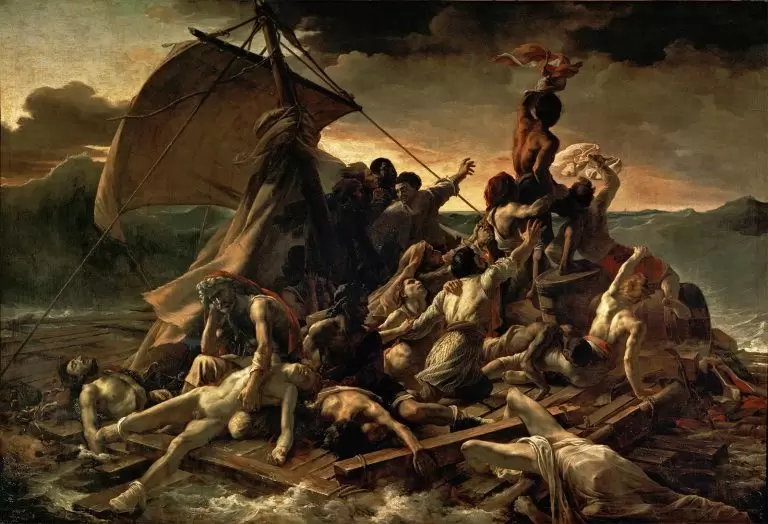The Power of Passion: Exploring Romanticism’s Influence on Art
Understanding Romanticism: A Brief Introduction
Romanticism emerged as a powerful artistic movement in the late 18th century and continued to flourish throughout the 19th century. It was a reaction against the rationality and order of the Enlightenment, emphasizing emotions, individualism, and the awe-inspiring forces of nature. This artistic and intellectual movement had a profound impact on various art forms, including painting, literature, music, and even architecture.
Embracing Emotion: The Heart of Romantic Art
At the core of Romanticism lies a deep appreciation for human emotions and the intensity of personal experience. Romantic artists sought to capture and convey these emotions through their artwork, romanticism characteristics art often evoking feelings of love, longing, despair, and awe. They rejected the strict rules of classical art, opting for a more expressive and subjective approach that allowed for a direct connection between the artist and the viewer.
Nature’s Role: Romanticism’s Love Affair with the Natural World
One of the defining characteristics of Romanticism in art is its celebration of nature. Romantic artists found inspiration in the untamed beauty of landscapes, turbulent seas, and awe-inspiring vistas. They sought to capture the sublime, depicting the overwhelming power and majesty of nature. Through vivid colors, dramatic lighting, and sweeping brushstrokes, Romantic artists created landscapes that stirred the viewer’s emotions and encouraged a deeper connection with the natural world.
The Sublime and the Unconventional: Romanticism’s Unique Aesthetic
Romantic art often pushed the boundaries of traditional artistic norms. It embraced the unconventional, the mysterious, and the unknown. Artists explored themes of fantasy, imagination, and the supernatural, reflecting a fascination with the extraordinary. This unconventional approach allowed for a more personal and imaginative interpretation of the world, encouraging viewers to question societal norms and embrace their own individuality.
From Delacroix to Turner: Iconic Artists of the Romantic Era
The Romantic era gave rise to many renowned artists who left a lasting impact on the art world. Eugene Delacroix, known for his passionate brushwork and emotionally charged scenes, captured the essence of Romanticism in his iconic paintings such as “Liberty Leading the People.” J.M.W. Turner, on the other hand, masterfully depicted the sublime power of nature in his atmospheric seascapes and landscapes. These artists and others like them pushed the boundaries of artistic expression and helped define the visual language of Romanticism.
Breaking Boundaries: Romanticism’s Impact on Artistic Freedom
Romanticism marked a significant shift in artistic freedom and autonomy. Artists were no longer bound by the rigid constraints of patronage or societal expectations. They had the liberty to explore their own emotions, ideas, and visions, giving rise to a new sense of artistic individuality. This newfound freedom paved the way for artistic movements that followed, inspiring generations of artists to break away from tradition and embrace their own unique voices.
Visit our site: https://southreport.com/
The Romantic Palette: Colors that Convey Passion and Drama
The color palette employed by Romantic artists played a crucial role in conveying the intensity of emotions and the drama of their subjects. Deep, rich hues such as vibrant reds, moody blues, and earthy tones were often used to evoke a sense of passion, longing, and melancholy. These colors, when combined with the dynamic brushwork and contrasting light and shadow, created a visually striking and emotionally charged experience for the viewer.
